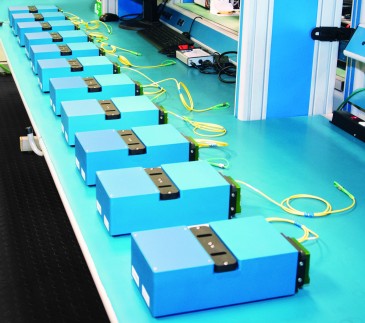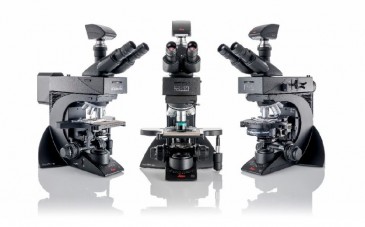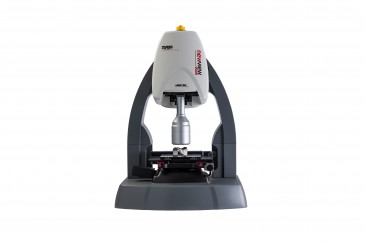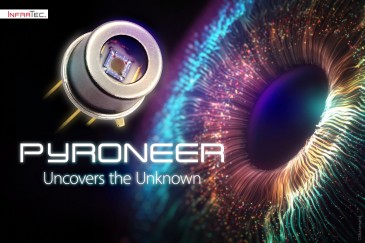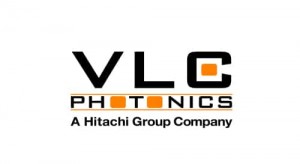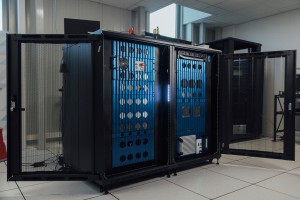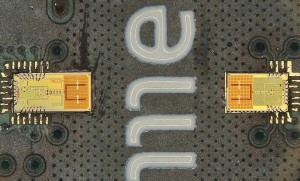While registration for The Vision Show 2014 was up 20%, the opening day of the exhibit was relatively somber. It was the one-year anniversary of the Boston Marathon bombing, and while The Vision Show took place on the 2nd floor of the Hynes Convention Center, the Tribute to the Boston Marathon bombing victims was just one floor up. Outside, Boylston Street was closed to traffic, with a moving ceremony taking place mid-day to remember the victims and to honor the first responders.
Keynote dedicated to bombing victims
Fittingly, they keynote address “How Technology is Helping to Protect Us,” was dedicated to the victims of the bombing that took place one year ago that killed 3 and injured 264 people. Dennis Treece, a retired US Army Colonel delivered the keynote from a vision user’s perspective, having been the Chief Security Officer and Director in the Department of Corporate Security and Emergency Preparedness at the Massachusetts Port Authority.
Treece described the infrared vision technology used by the Massachusetts State police to capture the Boston Marathon bomber (shown here).
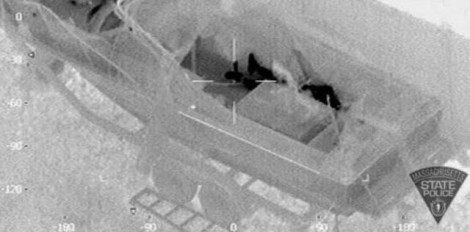
While the use of this vision technology was key to first identifying both suspects and then locating the second suspect, it also brought up the important issue of forensic use of both public and private imagery. In the case of the Boston bombing, images taken at the bombing scene were released to the public the same day, helping to identify the bombing suspects.
He noted, however, that “cameras do not provide security but they do help achieve it if used properly.” First they must be turned on and working, the images must be clear enough to be useful. The cameras must also capture a comprehensive area so that you end up with “more of this than that”. And the images must be there when you need them—whether it’s immediately or a year from now.
Privacy issues heat up
The use of vision systems requires maintenance, training, upgrades and knowing how to maintain the visual information, but there is also a legal aspect. He advises businesses or municipalities that have security cameras in place also have a mission statement that includes access, use, privacy and release policies. In some cases this is easier said than done. He used as an example, linking camera technology to sensors such as on a door in an airport. If a person tries to open a door using a crash bar, a camera is triggered to capture the image. He said that in the TV show “Person of Interest” everything is linked in this way. But in reality, everything is regulated by different agencies and “to get two state agencies to agree is not easy.”
There's a huge market here if you can solve some of these problems...
He called on those in the vision industry to see this issue as an opportunity. “It’s a lot more than putting plugs into ports—there’s a huge market here if you can solve some of these problems.” You should be able to market vision systems to local, state and federal agencies collectively, he noted, adding that, “it should be easy, but it’s the opposite of easy.” These public sector issues are often political and based on public perception, but he believes that legislation can fix this.
Expectations of privacy will likely be recalculated
Moving forward, he said that the public debate over imagery will heat up, likening it to the debate about the National Security Administration patrolling the airwaves. Public and private policy will take a while to sort out but in the meantime more cameras will be installed, he said, adding that the “expectations of privacy will likely be recalculated.” As an example he noted that the cameras that are out on Boylston Street today were not there a year ago. What are they doing with them? How does management know that policy is being followed? He summarized by pointing out that cameras by themselves are not the answer but those who are in the business of selling them must do their customer a favor by finding out if they know why they want them, then find the cameras that suit their needs, make sure they know how to implement, maintain and monitor. And then be sure they have a policy in place for access and you'll help them stay out of trouble.
Written by Anne Fischer, Managing Editor, Novus Light Technologies Today








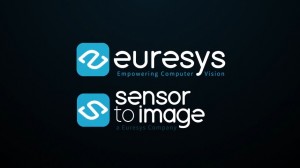

























 Back to Blog
Back to Blog


